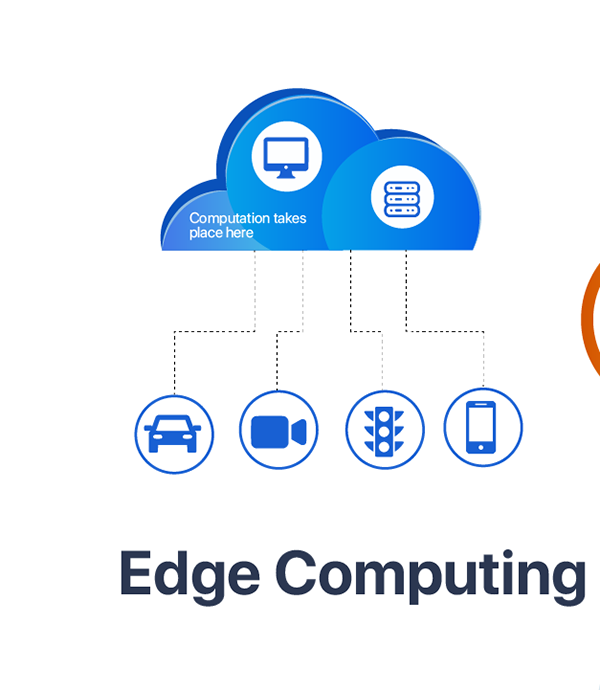Welcome to the world of edge computing, a groundbreaking technology that revolutionizes the way we process and analyze data. In this blog, we will explore edge computing, its role in reducing latency, and enabling real-time applications. Join us as we dive into the world of edge devices, distributed architectures, and the profound impact of edge computing on IoT, autonomous vehicles, and AI applications.

Understanding Edge Computing
Edge computing brings data processing and storage closer to the edge of the network, reducing the time it takes for data to travel to the cloud. Unlike traditional cloud computing, edge computing enables local computation on edge devices or servers, resulting in lower latency and faster response times.
Edge Devices and Distributed Architectures
Edge computing relies on devices like routers, gateways, and IoT devices strategically placed close to the data source. These devices have computational capabilities, allowing them to process and analyze data locally. Distributed architectures ensure efficient resource utilization and scalability.
Impact on IoT, Autonomous Vehicles, and AI Applications
Edge computing has a profound impact across various domains. In IoT, it enables real-time data analysis and quicker decision-making, improving efficiency and reliability. For example, in smart homes, edge devices process sensor data locally, allowing immediate response to security breaches or energy optimization.
Autonomous vehicles benefit from edge computing by processing sensor data in real-time, making quick decisions for passenger safety. Edge computing enhances the capabilities of autonomous vehicles, making them more efficient and reliable on the road.
In AI applications, edge computing enables real-time inference and analysis on edge devices themselves, without constant cloud connectivity. This is advantageous for low-latency scenarios like video analytics or industrial automation. Edge computing preserves privacy, reduces bandwidth requirements, and enables offline capabilities.
Challenges and Future Outlook
Edge computing presents challenges such as managing and securing distributed edge devices and optimizing resource constraints. However, the future looks promising. Edge computing will address the limitations of centralized cloud architectures as data generation at the edge continues to increase. Integration with 5G networks will enhance connectivity between edge devices and the cloud.
Conclusion
In conclusion, edge computing empowers real-time data processing by bringing computation closer to the source. With reduced latency and real-time capabilities, edge computing revolutionizes industries like IoT, autonomous vehicles, and AI applications. Challenges exist, but the future holds great promise as edge computing continues to evolve and shape our digitally connected future. Embracing edge computing unlocks possibilities for real-time insights and applications that drive innovation. Join the edge computing revolution and unlock the power of data at the edge of the network.In conclusion, edge computing empowers real-time data processing by bringing computation closer to the source. With reduced latency and real-time capabilities, edge computing revolutionizes industries like IoT, autonomous vehicles, and AI applications. Challenges exist, but the future holds great promise as edge computing continues to evolve and shape our digitally connected future. Embracing edge computing unlocks possibilities for real-time insights and applications that drive innovation. Join the edge computing revolution and unlock the power of data at the edge of the network.
